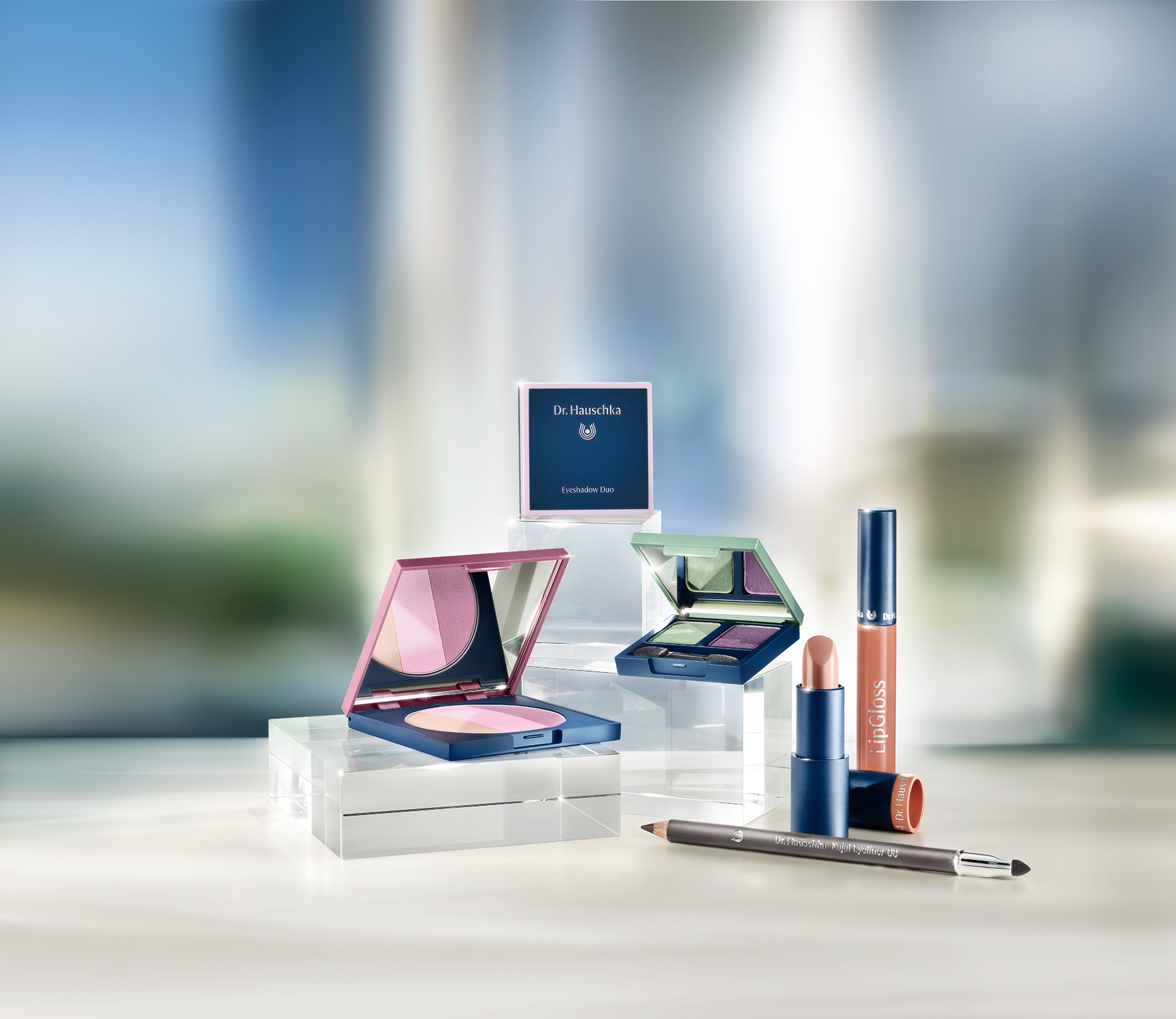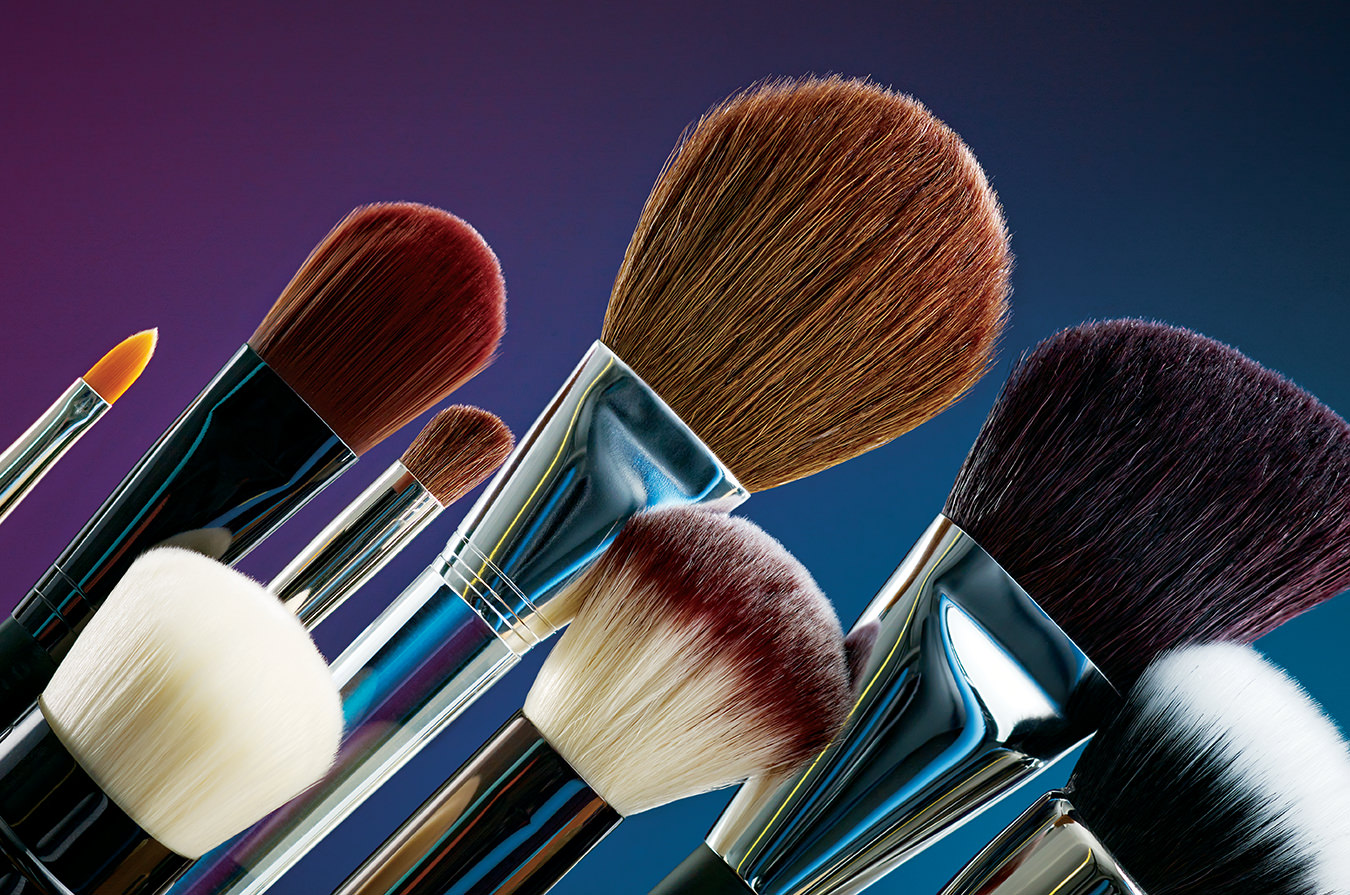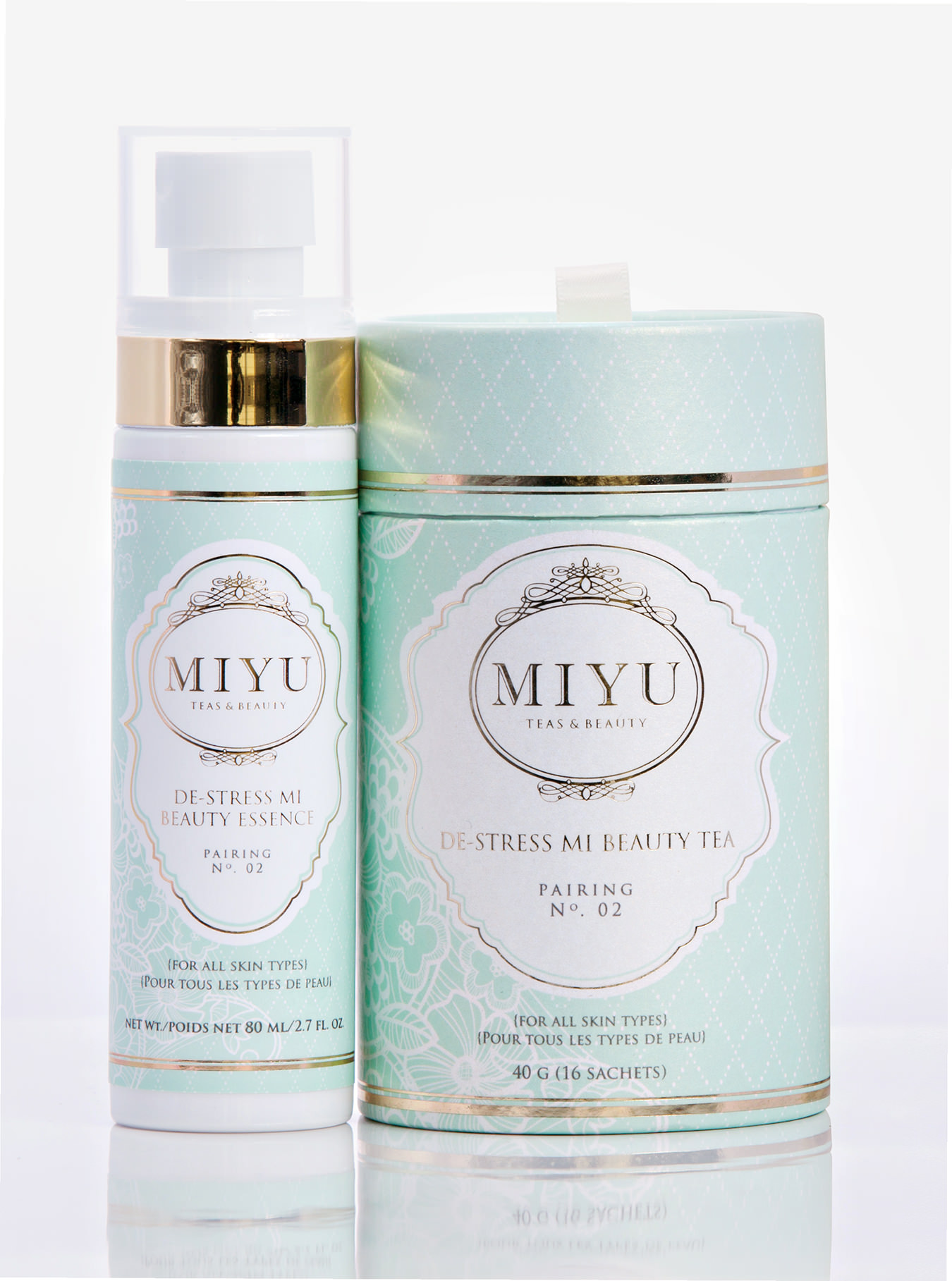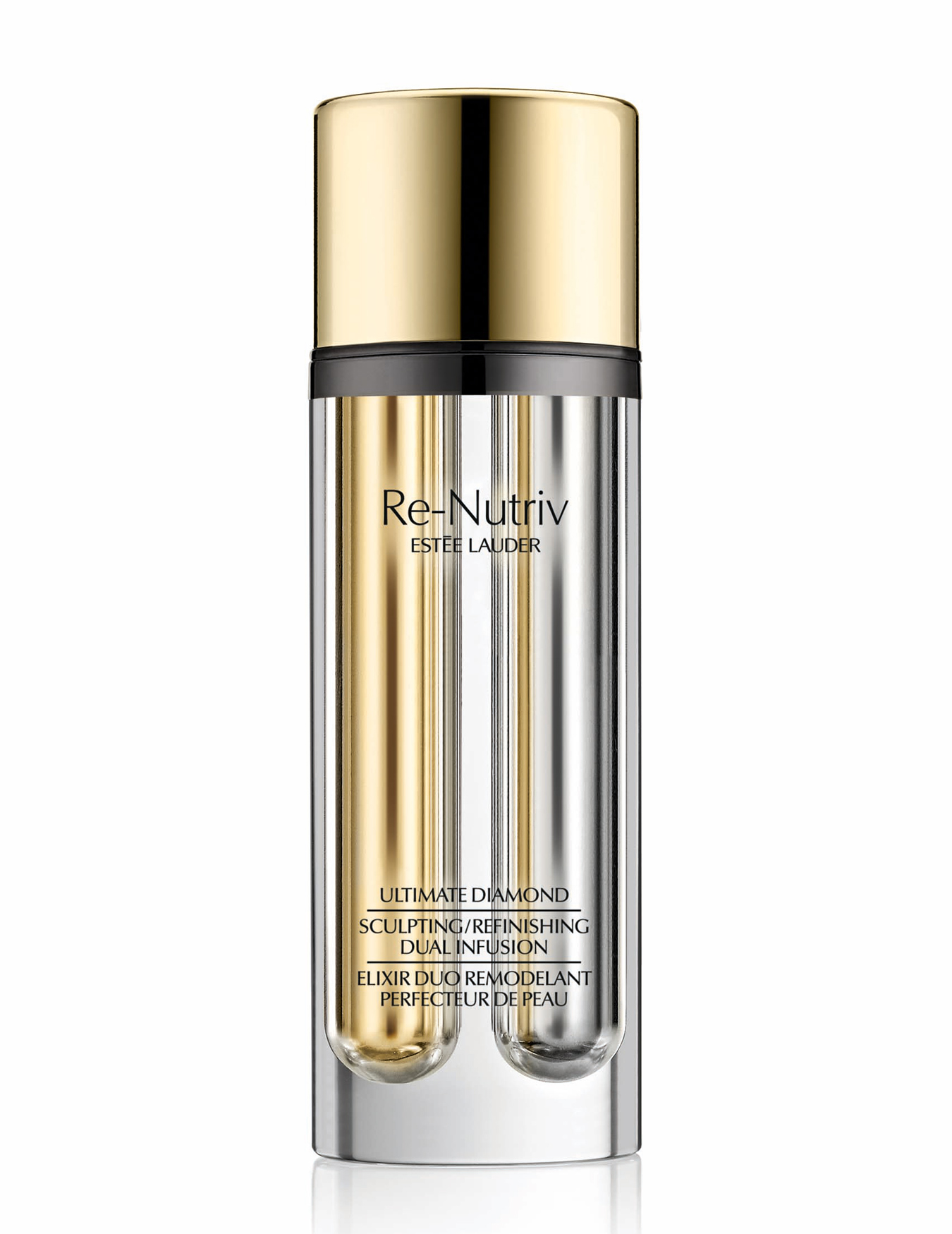How Important Is It to Look After Your Scalp?
Root cause.
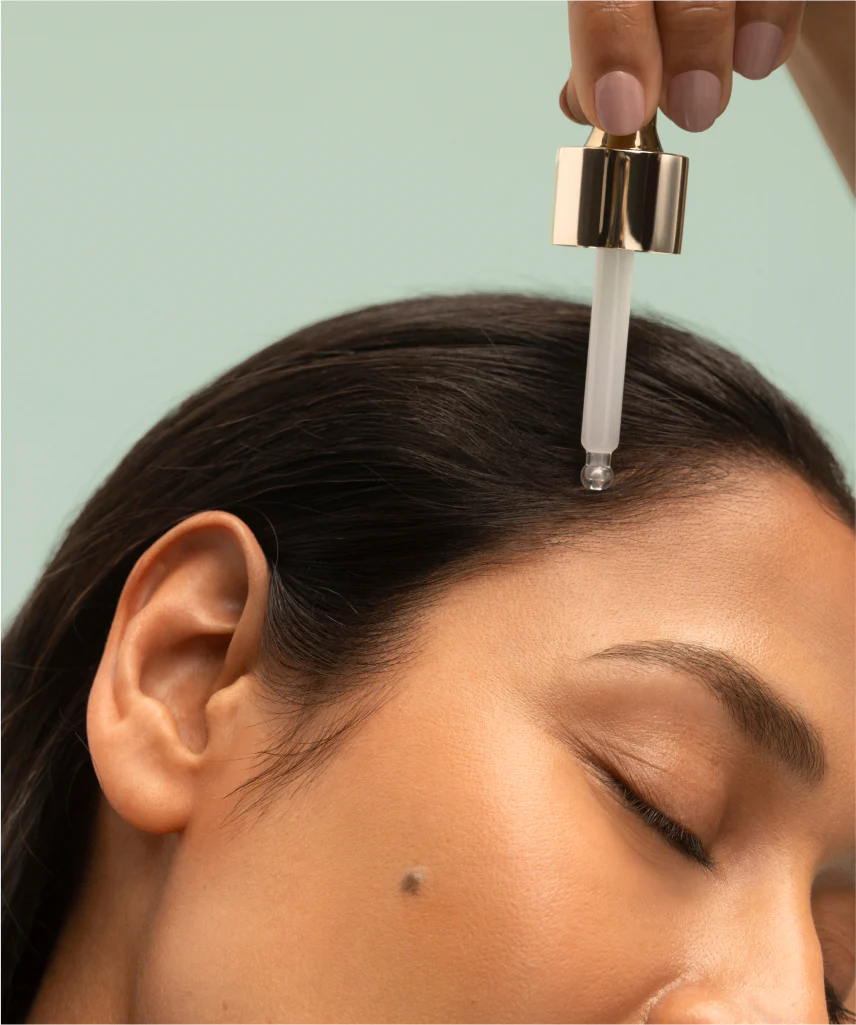
Vegamour
Call us cynical, but whenever we suddenly get a heap of similar-themed beauty releases at the same time, we wonder: Is this a real thing, or is it marketing? Often it’s the latter—some small study has produced some spurious connection between ingredient x and result y, and lo, a bandwagon has arrived.
The latest trendy topic to hit our inboxes: scalp care. This is the real deal—looking after your scalp can genuinely lead to healthier, better-looking hair. “The scalp is where our hair follicles reside,” says Dr. Christina Han, a dermatologist and medical director of Xyon, a Vancouver company that specializes in hair-loss treatments. “Having a healthy scalp means that it’s really devoid of a lot of flaking, inflammation, excess oil, because those can negatively impact the follicle and the opening where the hair is growing out.” In addition, she says, the scalp has blood vessels, nerves, and glands that are important in nourishing the hair and the hair growth process.
You don’t necessarily need to do a lot to look after your scalp. Han says if you use the right shampoo, and do it properly, it’s a good start.
___
“We need shampoo to not just wash away oils, but also to help cleanse the scalp from things like pollutants and exposures that we encounter, hair products, of course, and to deflake the scalp,” she says. “I tell patients, nowadays scalp health is kind of like skin care.”
Many of us aren’t using shampoo correctly. Since it’s supposed to cleanse both scalp and hair, you need to rub it into the scalp using your fingertips. “Particularly for medicated shampoos or shampoos that contain ingredients that may support the scalp or the hair, you really want to get it in the scalp and then even try to leave it on for a minute or two before you rinse it out,” Han says.
Silicon scalp massagers aren’t essential, but they can help. “When you massage a scalp, you do help to promote healthy circulation, to boost delivery of oxygen, nutrients to those follicles,” Han says. “Secondary benefits are that it can help to deflake the scalp if there’s debris and scalp flaking issues. And then finally, good mental health—it feels nice.” You don’t need to shampoo every day, just whenever your hair and/or scalp feel oily, dirty, or sweaty. In fact, if you have dry hair, you might even damage your hair and scalp by stripping both of their natural oils. And if you have an oily scalp, you could skip conditioner in favour of a bristle brush that can help distribute the natural oils from your scalp down the length of your hair.
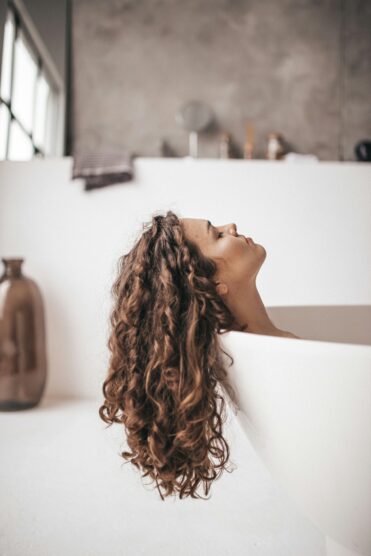
Microneedling is a science-based scalp treatment that you can do at home or in some clinics, although Han cautions that it can cause irritation. “The idea is that essentially you’re boring small tiny little needles into the scalp in order to promote microscopic wound healing,” she says. “We know that wound healing does actually stimulate more growth factors. It also can boost collagen and production in the skin as well as try and promote more hair growth, and it can improve penetration of topicals that we’re putting on our scalps.”
In terms of products and ingredients, it depends on what you’re trying to achieve: picking a dandruff shampoo, if that’s your concern, or one for an oily scalp, if that’s what bothers you. For Caucasian women, similar as for face and body, your scalp experiences the signs of aging, such as a depleted moisture barrier leading to dryness, changes to the microbiome, or hormonal changes that can contribute to hair thinning and loss.
When you’re looking at over-the-counter shampoos and serums, Han says there’s evidence for ingredients like rosemary, which she says is anti-inflammatory and may help block Dihydrotestosterone (DHT, the hormone that makes hair follicles shrink), as might saw palmetto. “Caffeine can be helpful because it can promote improved circulation,” she says. Ketoconazole is in anti-dandruff shampoos, but can also help with inflammation, and Han says antioxidant ingredients like vitamin E might also be helpful, since oxidative stress from sun exposure, dyeing and heat styling can be damaging to the hair and scalp. Ingredients like peptides are also said to help with breakage-prone hair.
Han’s main advice to improve the health of your scalp, especially when addressing hair loss, is to be patient. “In the first three months, some people experience more shedding, and that’s a normal resetting of that hair cycle when patients start a hair-loss treatment,” she says. “In the three-to-six-month timeline, that stabilizes, and then in the six-to-12-month timeline, patients may start to see some visible signs of regrowth. Ultimately, I tell patients to be really patient and that you might have to wait up to a year to really see the full benefits of a given treatment.”
Being consistent when you’re not seeing immediate results can be challenging for those of us used to instant gratification, so Han recommends finding something that you like using regardless of its effect on your hair and scalp.
Here, we’ve rounded up a list of 10 products to try.
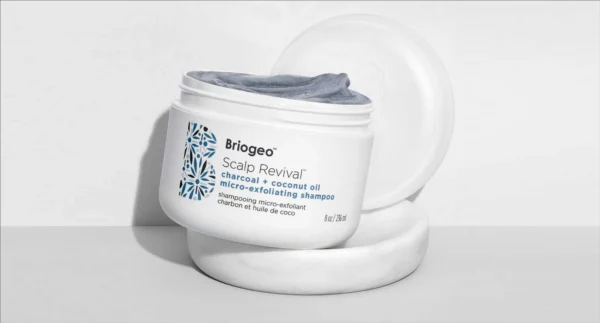
Briogeo Scalp Revival Charcoal + Coconut Oil Micro-exfoliating Scalp Scrub Shampoo
This scrub has plant-based ingredients to polish away any hair product residue, oil, and dead skin from the scalp, plus charcoal to absorb excess oil and coconut oil for moisture. Use it in place of shampoo once per week—it won’t lather but will leave the hair and scalp feeling clean and fresh.
___
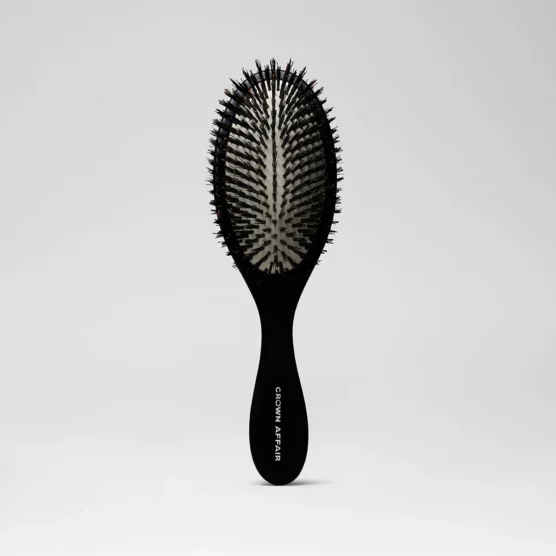
Crown Affair The Brush No. 001
has a combination of nylon bristles to stimulate the scalp and boar ones to distribute oils down the length. Use before you wash your hair to detangle and remove debris, or before bed so you wake up to shiny hair.
___
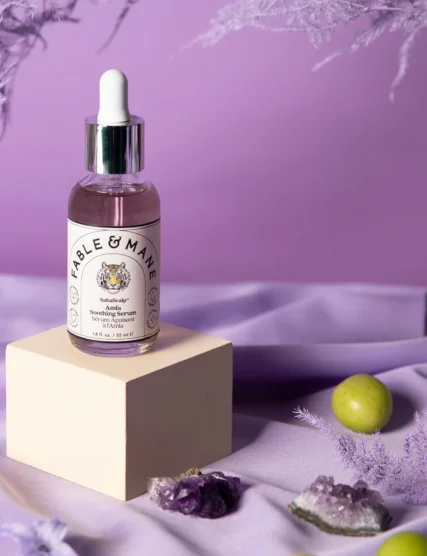
Fable & Mane Saha Amla Soothing Serum
When your hair is dry, apply a few drops of this light serum to your scalp before bed twice a week and massage into the crown area to soothe itching and moisturize. Shampoo out in the morning. It has antioxidant-rich Indian gooseberry, hydrating aloe, and bakuchi, a herb that is supposed to have anti-aging properties.
___

Rosemary extract, turmeric oil, hemisqualane (an alternative to silicone), and neem seed extract are the key ingredients in this oil, which is meant to be used once or twice a week before shampooing (you might need to shampoo twice to remove the product, especially if you have fine hair).
___
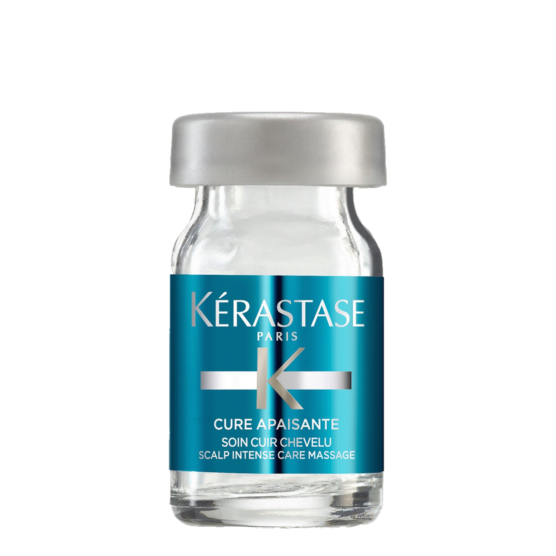
Kerastase Specifique Cure Apaisante
This kit contains 12 ampoules of serum, which you use three times a week for four weeks. It is designed to tackle itching and discomfort with antioxidant, anti-inflammatory and anti-aging ingredients such as rhamnose, which is said to stimulate the cells on the scalp.
___
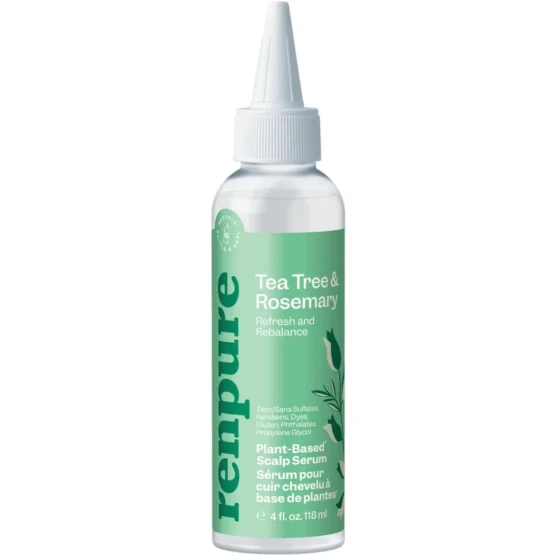
Renpure Tea Tree and Rosemary Refresh and Rebalance Scalp Serum
Apply this serum directly to your scalp (it has a narrow nozzle at the top so you can easily bypass the hair) after shampoo and conditioner for extra moisture. It contains rosemary leaf extract for scalp stimulation and tea-tree oil to clarify.
___
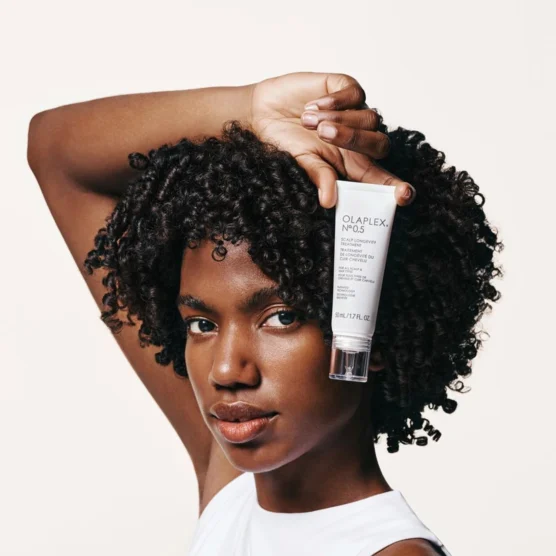
Olaplex N°.0.5 Scalp Longevity Treatment
Like the rest of our skin, the scalp tends to get drier as we age, and the microbiome can become less balanced. This light gel treatment can either be applied to the scalp when your hair is wet, before styling (it doesn’t leave residue), or as an overnight treatment when hair is dry. It’s designed to repair the moisture barrier and protect against scalp aging.
___

Oribe Serene Scalp Densifying Shampoo
This shampoo, developed with a board-certified trichologist, has an ingredient called Capixyl, which is a combination of a peptide and red clover extract that is said to inhibit DHT production. There’s also Redensyl, which is designed to make hair follicle root cells divide more rapidly. Finally, there’s an antioxidant complex of watermelon, lychee, and edelweiss.
___
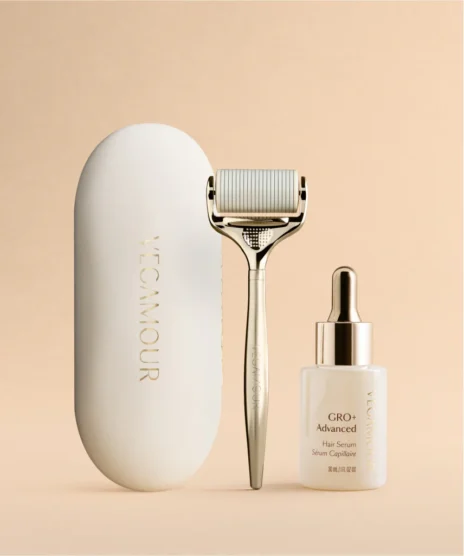
Vegamour Gro+ Advanced Foundation Kit
Use the dermaroller to poke holes in your scalp and stimulate new cell growth, and then apply the serum, which contains peptides, a plant-based ingredient that’s supposed to reduce shedding, and plant-based stem cells that are said to anchor hair more firmly in the scalp. You need to use this daily for best results, remembering to sanitize the roller before and after use, and changing its head every month.

